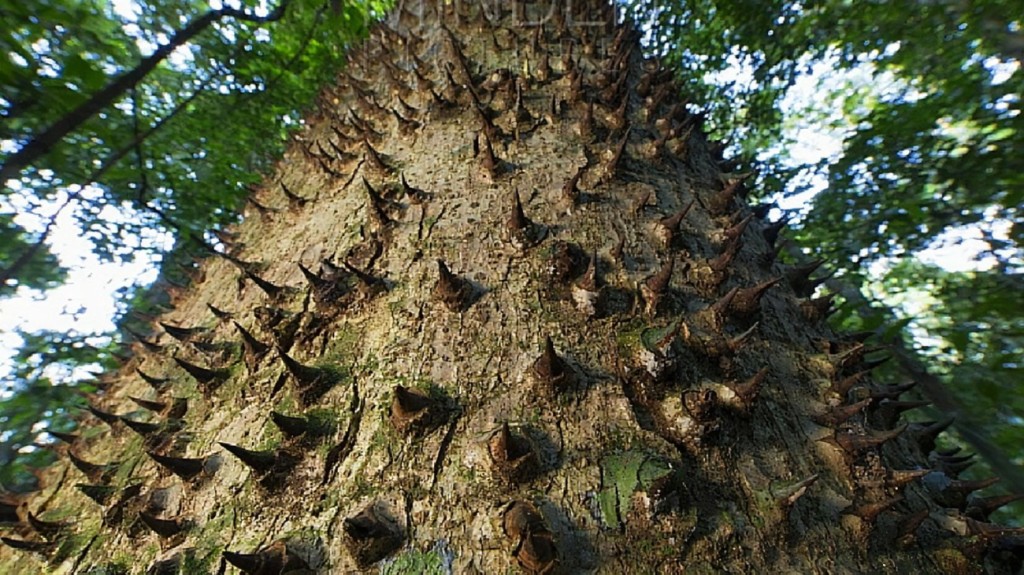in my South-Western woods I noticed unusual trees of various kinds and, some having fallen, their remnant trunks. Often while hiking or rucking or walking in my woods (or in any forest or wilderness area) I will note things about what I encountered (animal or botanical life, geography, geology, etc.) and later convert those things into literary, poetic/song, or invention ideas.
(That is how my mind works, I see something and think, “what if that were different or altered in some way?” Also I often begin converting things like that into langauges/terms I have created or into code-forms.)
Today was sort of a combination of all three. Which also led me to 3 different literary ideas. Which I will shortly list below.
These three ideas will all go into my Kithariune novels about the Eldevens.
They also led me to another useful literary idea. The Eldevens are supposed to be considered very dangerous by men (and indeed can be) but their reputation in this regard is often overblown or misunderstood. They are dangerous, but not necessarily or intentionally malicious. But why would (some/may) men consider them so frightening and deadly? I’ve often debated why this might be.
Their appearance and abilities, of course, but today another idea occurred to me. The fleshwood example below.
Many men would consider them “flesh-wearers,” and dangerous practitioners of magic (they are) but things like “flesh-wearers” would be misunderstandings generated by things in their own language or by faulty/tricky translations in which the Eldevens wear flesh of trees, but men encountering them would mistake it for the flesh of men, or the flesh of other Eldevens. (Thus even generating tales of cannibalism.)
So men, on many occasions, fail to understand the Eldeven meaning of terms translated into human languages, or simply misunderstand what they see the Eldevens doing.
Hence the Eldevens seem extremely dangerous to men by mistranslation and by misunderstanding, and by their alien habits, customs, and culture. A “misinterpreted” lethality and reputation for being dangerous greatly exaggerated by misapprehension. Similar to human experience in misinterpreting a healing woman (folk witch) or cunning man (village wizard) for/as a demonic worshiping witch or warlock. Anyway it was extremely good to go rucking today. For the past few days I’ve been hiking because I have a ruptured disc in my lower back and the hiking and stretching outdoors is helping me to recover. Not to mention the beneficial idea-generation.

Fleshwood (Symýs) – trees with a soft, flesh-like bark that can be carefully skinned from (remove too much and the tree dies, but some of the Eldevens cultivate the trees like food-crops, but to create “flesh-goods”) some of the tree and the resulting material/skins can be used to create a hard, leather like material that can be cured and treated in different ways to make carry-bags, clothing, strips and wraps, and even light, flexible armor. The flesh of the tree cannot be eaten as it is poisonous, but, the wood underneath, which is also soft and moist, can be eaten in emergencies for short periods of time, and the leaves are sued to make teas and medicines. The Eldevens call Fleshwood Trees and the “flesh” produced by them Symys. Symys is said to be normally durable but under certain circumstances it can disintegrate unexpectedly or easily and rumors persist that in rare circumstances it can graft itself onto the user effectively becoming their own flesh when worn or handled over extended periods of time.
Doomtrees (Limvlârņ) – trees cursed by sorcery or witchcraft which when a person or beast (named in the curse) touches the tree or comes within a certain proximity the tree crashes upon the victim without warning and without any sound other than that of a soft breeze. Doomtrees are often used as traps, ambush enclosures, or to prevent approach to a protected site. The Eldevens call doomtrees Limvlarn, literally, “accursed-limbs,” or kyl-fařth (slay-roots).
Loft or Trunkposts (Heftl-Oürl) – an Eldeven habit of treating and converting tree trunks into covert or coded signposts that reveal both the direction to and the distance to a given waypoint or destination. Such trunks are used most often and most especially in thick forests (though can be established anywhere) and are recognizable to most Eldevens, regardless of race (assuming they spend time out of doors). Such trunks are subtly carven and once treated using Elturgy they stand and last without decay for centuries. Some Eldevens are said to be able to “lay hands” upon such trunks and to mentally understand messages left there for them by others or to visualize and see the way to their destination and what might lay upon that path, especially if danger lurks upon the way. The Eldevens call these posts Loft (Yearl) or (Heftl-Oürl) Trunk-posts.
